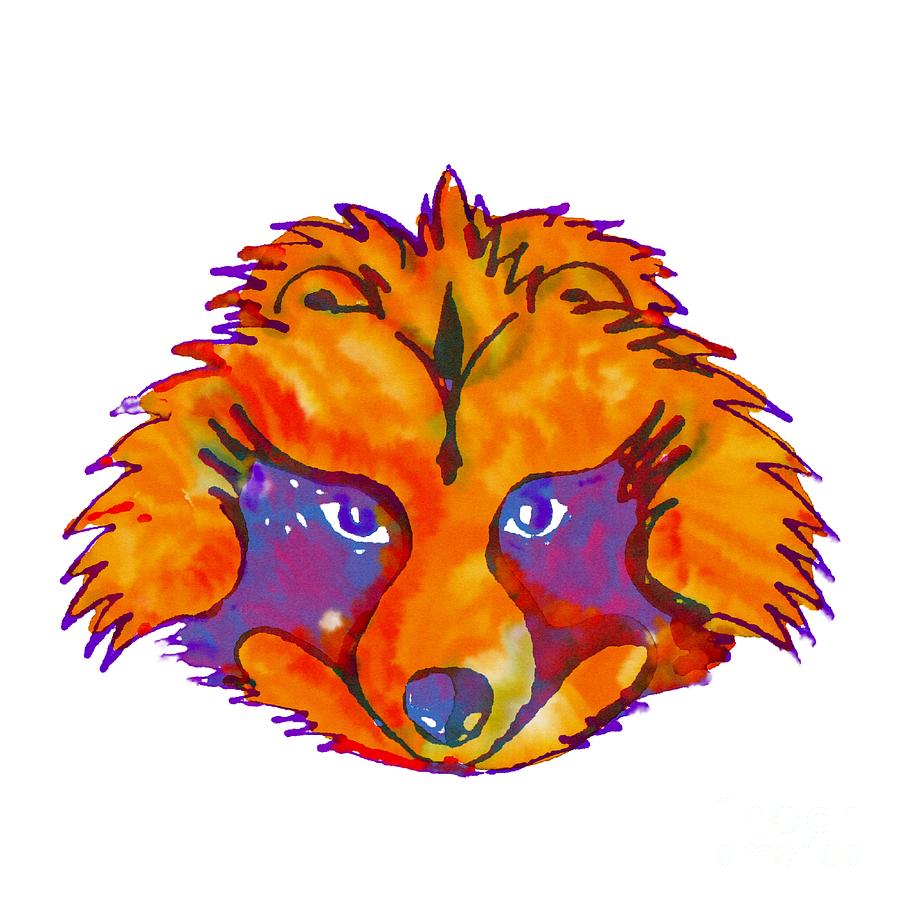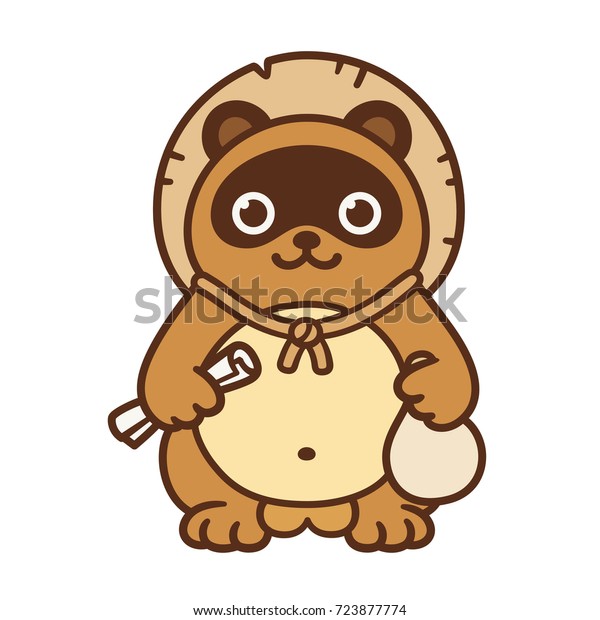
The Fascinating World of Japanese Raccoon Dog Art
Japan is known for its rich cultural heritage and unique artistic expressions. One such intriguing art form is the portrayal of Japanese raccoon dogs, also known as tanuki, in various art mediums. These mischievous and lovable creatures have captured the imagination of artists for centuries, resulting in a wide array of stunning and captivating artworks.
A Brief Introduction to Japanese Raccoon Dogs

Japanese raccoon dogs, scientifically known as Nyctereutes procyonoides viverrinus, are native to Japan and have a significant place in Japanese folklore and mythology. They are often depicted as mischievous creatures with shape-shifting abilities, bringing good fortune and prosperity to those who encounter them.
Traditional Tanuki Statues

One of the most recognizable forms of Japanese raccoon dog art is the traditional tanuki statue. These statues are commonly found in front of shops, restaurants, and homes, serving as a symbol of good luck and prosperity. The statues often depict a plump raccoon dog with a jovial expression, holding a sake bottle and a promissory note.
The Symbolism Behind Tanuki Statues

The symbolism behind tanuki statues is deeply rooted in Japanese folklore. The sake bottle represents the ability to dispel troubles and bring happiness, while the promissory note symbolizes financial success. The plumpness of the tanuki signifies good fortune and abundance, making it an auspicious figure in Japanese culture.
Raccoon Dog Paintings

Japanese artists have also expressed their fascination with raccoon dogs through paintings. These artworks often showcase the playful and curious nature of these creatures in stunning detail. Raccoon dog paintings can range from traditional ink wash paintings to vibrant and contemporary pieces, offering a diverse visual experience.
The Influence of Raccoon Dogs in Ukiyo-e Prints

Ukiyo-e, a popular art form during the Edo period in Japan, also drew inspiration from raccoon dogs. These woodblock prints often depicted tanuki in various mythological and comical situations, capturing their mischievous nature. Some prints even portrayed tanuki as tricksters or shape-shifting creatures, adding an element of mystery to the artworks.
Contemporary Interpretations of Raccoon Dog Art

As time progressed, artists began exploring new ways to portray raccoon dogs in their artworks. Contemporary interpretations of raccoon dog art can be found in various mediums, including sculptures, ceramics, and even digital art. These modern interpretations often combine traditional elements with a touch of whimsy and experimentation.
Preserving the Legacy of Raccoon Dog Art

Efforts are being made to preserve and promote the legacy of raccoon dog art in Japan. Museums and art galleries across the country showcase these artworks, allowing visitors to appreciate the cultural significance and beauty of this unique art form. Additionally, workshops and classes are conducted to pass down the techniques and traditions to future generations of artists.
The Enduring Appeal of Japanese Raccoon Dog Art

Japanese raccoon dog art continues to captivate art enthusiasts and collectors around the world. The charm and whimsical nature of these artworks evoke a sense of joy and wonder. Whether it is a traditional tanuki statue or a contemporary raccoon dog painting, the enduring appeal of Japanese raccoon dog art is a testament to its cultural significance and artistic excellence.